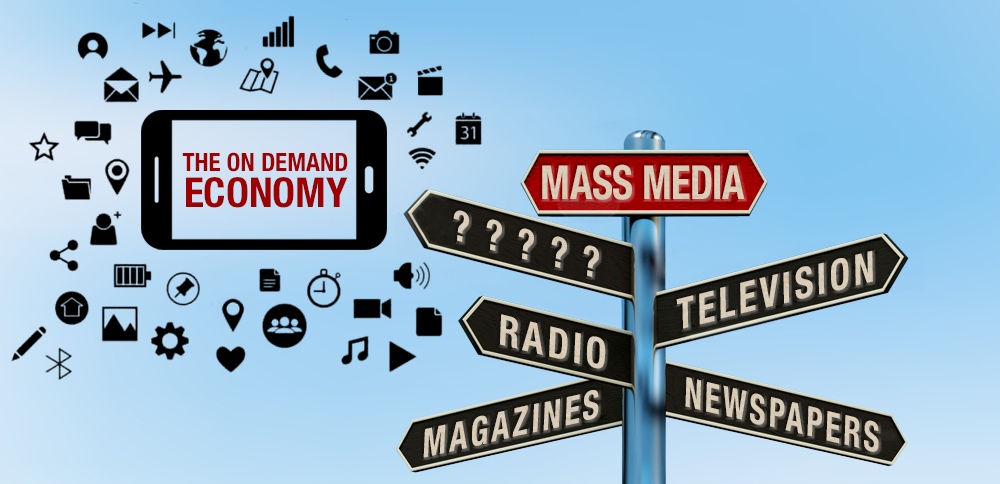By Dom Serafini
Can streaming replace mass media? Do we even want to replace mass media? The latter depends on a large number of people reading, listening, or watching something on or around the same time, while the former means an initially small group of viewers rising in number over a length of time. The so-called “on-demand” economy, of which streaming is a part of, is large (over 86 million Americans use it), but it is not yet an efficient marketable “mass.” Plus, streaming is subscription-based (i.e., costly), while linear TV is tune-in based (i.e., free-to-air). There are other differences: The on-demand economy is a technological creation, and its B2C is a niche business.
Granted, we have learned a lot about cume audiences in recent years. Cable TV has educated us on that front. But with cable we’re still talking live-plus-seven at most. Not live-plus-a-year-from-now like SVoD!
For example, the highest audience of one of streaming’s most popular series, like HBO’s (now Max’s) Succession, has reached 2.9 million same-day viewers, and eight million total delayed viewers. In comparison, a third-ranked evening news show like CBS News reaches 4.28 million viewers at any one time. With 7.4 million viewers, the top-rated news show, ABC World News Tonight, almost reaches the whole of Succession‘s cume audience.
Clearly, it doesn’t make business sense to replace mass media with cumulative on-demand media as it would turn the whole mass market-oriented economy upside down to replace it with a model that hasn’t yet been developed for a mass scale. So who then is pushing for such mass media upheaval?
Even if we consider top-rated SVoD series like Game of Thrones, whose 2019 finale attracted 19 million viewers, some U.S. studio brass adopted a view that streaming is the future, but have not yet come up with the economics to go with it.
In a report issued by MoffettNathanson, the New York City-based financial analysis firm, it was written that “the linear model can no longer be saved, and that there is less and less energy being devoted to saving it.” The report went on to say that “the entertainment networks have been stripped bare, with their best programming having long-since moved to SVoD.”
But it isn’t that linear TV is only generating peanuts. According to some estimates, yes the overall ad spending on national TV networks is expected to decline 6.7 percent this year, but it’s still expected to reach some $38.4 billion.
So there you have it. The linear model did not die of natural causes, but was coma-induced by the SVoD proponents whose only goal was to replace the “middle man” and bring content directly to the consumer. In doing so they are inadvertently replacing a well-established mass media marketing model with a still unproven cumulative on-demand media. Meanwhile, the U.S. studios that have fully embraced streaming are not fully monetizing their assets on all fronts. With just a bit of grandfatherly advice, linear TV, international TV sales, and DTC could all have been making money all along.


Leave A Comment